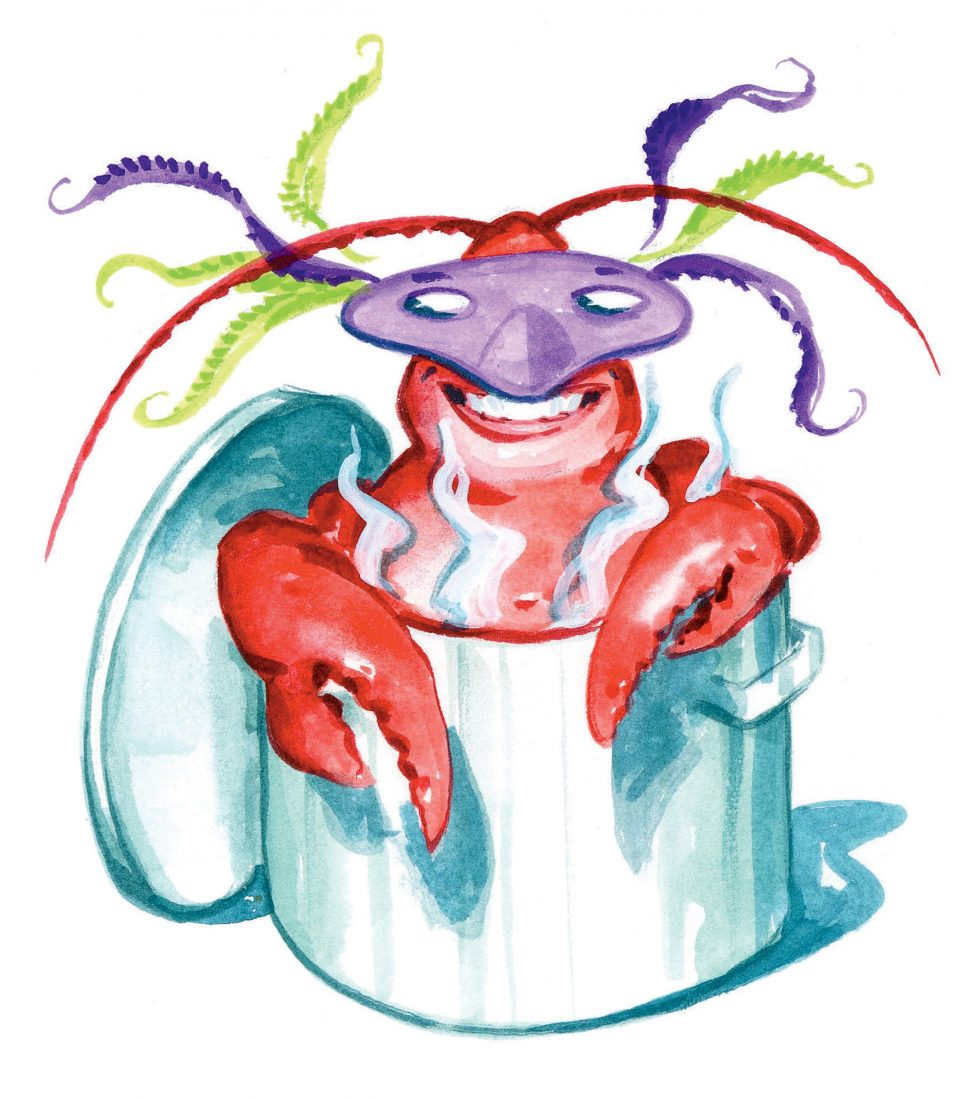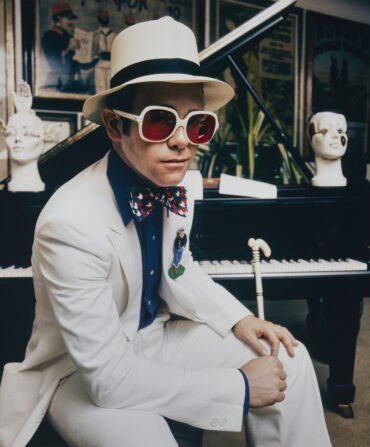-
Mobile, Alabama
Well before its sister to the west joined the party, Mobile hosted the first recorded Mardi Gras, in 1703. Today, thousands gather for near-nightly parades where mystic societies, not krewes, toss gifts from floats and horseback.
-
Pensacola, Florida
Started in 1874 by the Knights of Priscus, Pensacola’s Mardi Gras briefly dwindled, only to be revived in 1976. Celebrations officially kick off in January and continue through Fat Tuesday, when krewes and parade crowds pack downtown’s Palafox Street to join the Priscus Celebration and crown the new king and queen.
-
Church Point, Louisiana
Communities in rural Acadiana do things differently—Mardi Gras included. Introduced by immigrants in the 1750s, Church Point’s annual Courir de Mardi Gras brings together costumed men who ride horseback throughout the town, stopping at different homes to collect ingredients for a communal pot of gumbo. Once the ingredients are assembled, a proper Cajun fais do-do commences.
-
Pass Christian, Mississippi
Here, Mardi Gras began not with street fetes and parades but with private dances hosted by the city’s finest hotels in the late 1800s. The Pass Christian Carnival Association expanded the tradition, building a hall to serve as the hub for Carnival activity, including the ball on Mardi Gras night.
-
Galveston, Texas
Celebrations began in 1867 with a masked ball. Two rival Mardi Gras societies emerged, organizing torch-lit night parades and costume balls until World War II put an end to the revelry. It wasn’t until 1985 that the holiday was reintroduced. Now, krewes participate in parades, black-tie galas, and concerts.
Arts & Culture
Mardi Gras Beyond New Orleans
While the Big Easy lays claim to the largest celebration, these five other Southern locales honor long-standing carnival traditions of their own

Illustration: Tim Bower







